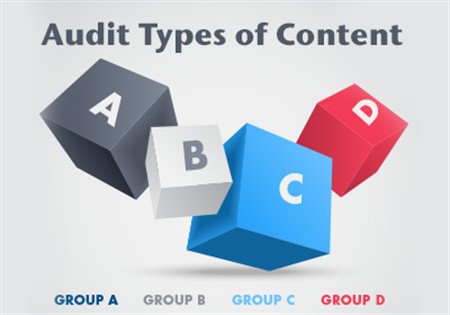Content Audits Part 2: Technical Content Audits
In my previous blog post on Content Strategy Part 1: Content Audits, I explained how important having a content strategy is to producing high-quality, reusable and consistent English and translated content. You’ll also save internal costs by reducing the number of times content is created because of working in a silo and you’ll reduce translation costs.
I also explained that a content audit is a step towards putting a content strategy in place. In general, a content audit consists of an inventory, which is a record of the volume of content you’re focusing on, and a qualitative analysis of that content, which is an evaluation of the content for a variety of measures depending on your business goals.
Today I’ll dig deeper into the concept of a content audit by applying it to technical content typically found in quick reference guides, installation manuals and operation manuals. Oftentimes, content in these documents such as specifications, product descriptions, contact information and troubleshooting instructions are also found in marketing materials, training materials and website content, so you may want to consider expanding your scope to look at these materials as well.
By auditing technical content and then applying reuse principles, you end up with consistent, high-quality content which leads to improved translation quality. In addition, you send less content to translation and the cost is less because more of the content is fuzzy or repeatable.
Content Inventory
Take an inventory of the documentation types, such as installation manuals and operations manuals, and the number of documents you have, as well as the associated languages, for each product. You can use a spreadsheet to document your findings. If you already have a complete list that’s used for other purposes, then this should be a relatively easy task to accomplish. If not, use available tools such as a content management system, website or business system to pull this information. I’d suggest organizing the spreadsheet by documentation sets so when you get into the qualitative audit, it’s easier to search and reuse the information.
Qualitative Audit
There are many things you could analyze in the qualitative audit. For this blog post, I’m going to focus on how often common pieces of information are used across documentation and then look at opportunities to reuse these content pieces.

Audit Types of Content
Take a documentation type, such as quick reference guides, and start with the document within that set that you think would be either the foundation for the others or has the most information. Look at the types of content within the set. You don’t want to just look at a table of contents though because you could miss some content types like customer service information or company information.
For example, you may have some of these content types in a quick reference guide:
- Introduction
- Steps or tasks
- Graphics
- Safety messages
- Customer service information
See if these content types are in all of the quick reference guides and to what extent they say the same thing (or have the potential to say the same thing). For example:
- Document A has an introduction, steps, graphics, safety messages and customer service information
- Document B has an introduction, steps, graphics and safety messages
Further:
- Document A describes Step 1 as: Put Part X onto Spot Y using a wrench.
- Document B describes Step 1 as: Using a combination wrench, twist Part X onto Spot Y.
For this sample analysis, Documents A and B have the same content types except Document B is missing the customer service information. Step 1 instructions in both documents mean the same thing but they’re worded differently, so they have a high reuse potential. Although the wording differences may seem small, they add up when you consider the time you pay writers to create the content and the translation company to translate the content twice. More importantly, these differences are visible to your customers.
These are the kinds of things you want to analyze during the audit.
Audit Reuse Potential
Create another spreadsheet and import the quick reference guide information from the inventory spreadsheet. Then add columns or rows for each of the content types found within the quick reference guide document set. For the reuse potential, you could either fill out the matrix with X’s to show the same content exists or you could create a more detailed system of abbreviations such as X (100% reused) and P (partially reused).
Start with the first document (the one that’s either the foundation for the others or has the most information) and fill out the spreadsheet, and do this same activity for each of the documents within the quick reference guide documentation set. You’ll soon have a matrix of information which you can then analyze.

Next Steps
After you’ve completed the audit matrix, examine the data for both consistency of content types and potential content reuse.
Start looking at the content types to see where you have gaps. See what reasons there are for the gaps, such as perhaps a topic doesn’t apply to a particular product, and focus on the areas of opportunity.
Next, analyze the content reuse across the content types. You may want to compare the content side by side to see how many versions you have and to see the potential for reuse.
Once you have all the data, then with your business goals in mind, look at the current and future state. Make actionable, measurable recommendations based on the data along with pros and cons of each one and then present your findings to your key stakeholders
Conclusion
Taking an inventory of technical content and then auditing it for types of content and reuse potential is an important part of an overall content strategy. Look for more blog posts on content auditing from me.
Resources for Content Localization and Content Strategy
You may gain further insight into content strategy, content localization, translations and related topics by reviewing previous blogs written by GPI:
